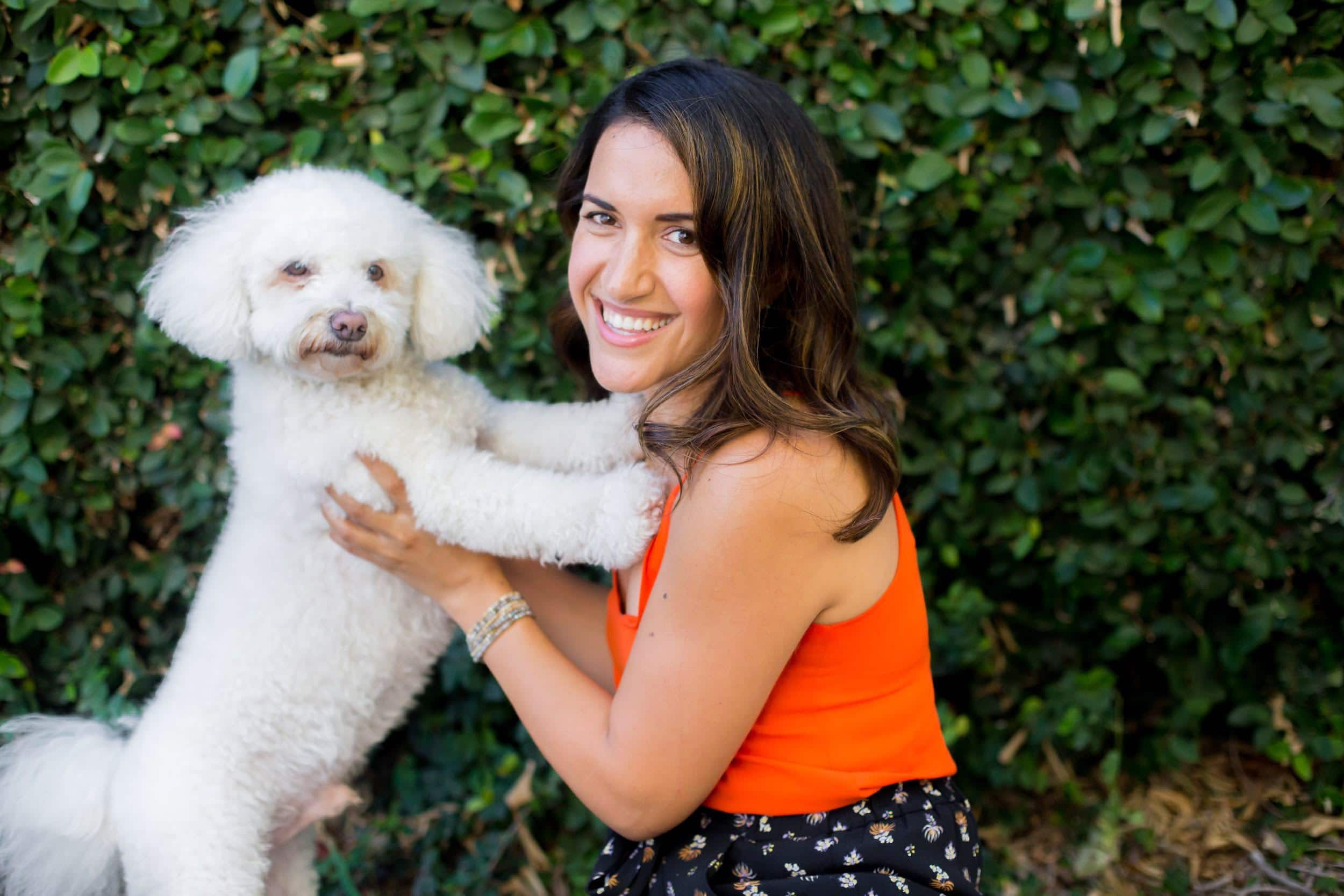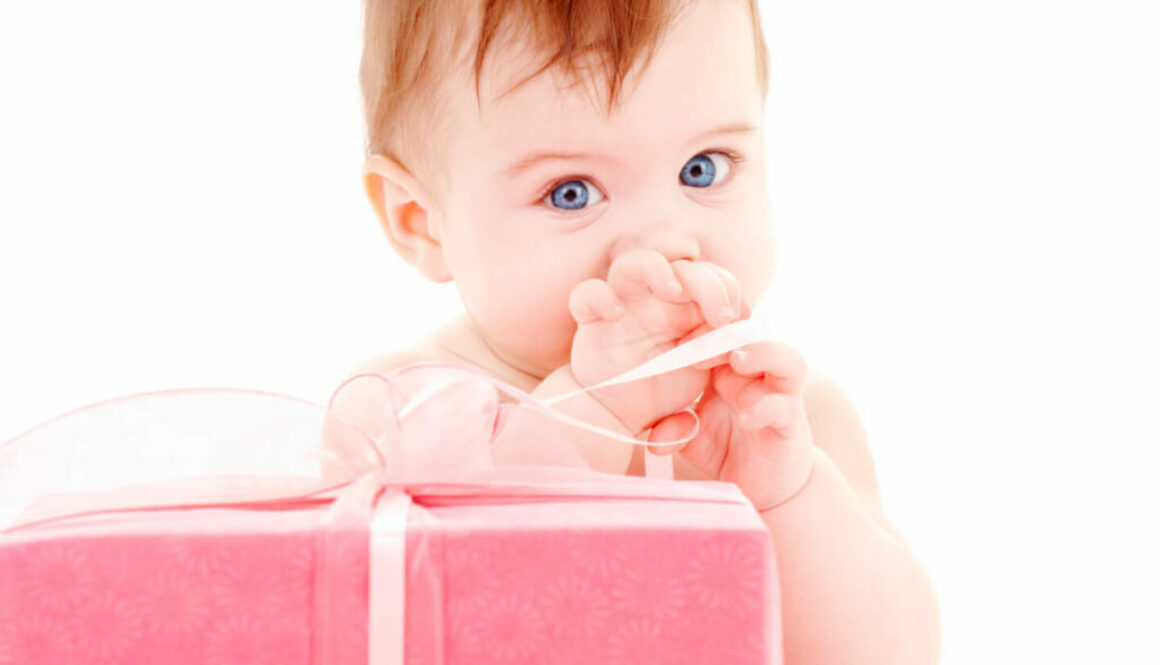First Year of Self-Expression
The moment you found out you were going to welcome a new human into your life, you must have been filled with so many emotions! Becoming a parent is such a huge moment, filled with a lifetime of excitement, joy, laughter, love and bliss and also worry and fear. Much like the rest of our lives, raising a child is filled with lots of ups and downs. When it sinks in that “I am becoming a parent” your child’s entire life flashes before your eyes and you get this deep desire to provide your little one with the best life possible.
When it comes to child development, there are so many resources out there, and this can become quite overwhelming, especially for first time parents. I find that many of us use milestones as a marker for success. For example, for a woman my age, the “norms” for an “average” amount of push-ups is between 7-12, while “below average” is considered 3-6. Well, some days, I can do about 20 push-ups, whereas other days, I need to do a modified version and I feel like I am struggling with even 5. If I go by the “norms,” I would just be stressing myself out unnecessarily, instead, I listen to my body and my body tells me what it wants to do that day (side note: big difference from what the mind will tell you and what your body really wants). The point is, I don’t let the “norms” define my success.
As a professional and child communication expert, I am not a fan of developmental milestones. I find they bring unnecessary stress and worry for many families and it takes the focus off your child and onto a version of success that truly has no clear meaning. Every child is different and there are so many factors, in any given moment, to take into consideration when assessing milestones and norms.
Do I find milestones and norms extremely useful as a means to help us guide our little ones: absolutely! Do I let it dictate and define my kiddo’s success and my success in helping children connect to their expression: absolutely not!
In this article, I have outlined for you a month-by-month guide to your little one’s speech, language and communication development during his first year of life. Remember, simply use this as a tool in helping guide you towards empowering and elevating your little one’s expression:
MONTHS 1 – 3
- Responds to noise by crying or quieting
- Smiles purposefully in response to caregiver’s face or voice
- Seeks to make eye contact with adults
- Shows more interest in people rather than objects
- Looks at objects
- Cries to get attention
- Attempts to imitate facial expressions
- Attends to others voices
- Moves in response to voice
- Looks at adult’s mouth and eyes
- Coos and vocalizes in response adult’s voice
- Vocalizes to express discomfort and/or pleasure
- Reaches for objects
MONTHS 4 – 6
- Head control when supported in sitting positions
- Smiles and laughs to get adult’s attentions
- Rolls overs
- Understands object permanence
- Mimics facial expressions
- Developing awareness and understanding of cause-effect relationships
- Babbles with consonant-vowel combinations
- Reaches for a toy that is out of reach
- Moves objects from one hand to the other
- Recognizes books
- Recognizes intonation and familiarity in books
- Plays peek-a-boo
- Responds to name
- Shows interest and curiosity about objects in environment
MONTHS 7 – 9
- Objects if you take away a toy
- Can hold a cup
- Can drink from a cup
- May babble “mama” or “dada” without associated meaning
- Begins to understand the word “no” (but may not always listen)
- Responds to name
- Tries to clap hands
- Understands the meaning of a few words (mostly nouns)
- Looks for a favorite toy when out of sight
- Gestures and makes sounds back and forth with adult
- Waves hand for “bye-bye” or “hi”
MONTHS 10 – 12
- Performs for social attention
- Vocalizes to get others attention
- Will indicate a desire to change an activity
- Reaches upward to be picked up
- Waves “hi” and “bye”
- Engages in a game of “peek-a-boo” but covering/unconvering face
- Points to objects
- Imitates some actions
- Pushes toy cars/balls
- Attends to new works
- Gives objects to others upon verbal request
- Looks at person when name is called
- Looks at familiar objects and people when named
- Identifies 2 body parts on self
- Says “mama” or “dada” meaningfully
- Imitates consonant-vowel combinations
- Vocalizes with intent
- Uses a word to get attention of others
- Attempts to imitate names of familiar objects
For more great tips, resources and ways to empower your kiddo’s voice check out our online video courses and schedule a complimentary consult with me today.

Sholeh Shahinfar, MA, CCC-SLP, RYT
Sholeh Shahinfar is the Founder of Valued Voices, a licensed Speech Language Pathologist, Child Communication Specialist and Certified Oral Motor Therapist. She is passionate about uplifting children’s voices in the world and inspiring self-expression. In her free time, Sholeh embraces a vegan lifestyle, loves going to the ocean, exploring nature with her pup Kobe, practicing yoga, traveling, and spending time with her loved ones.
